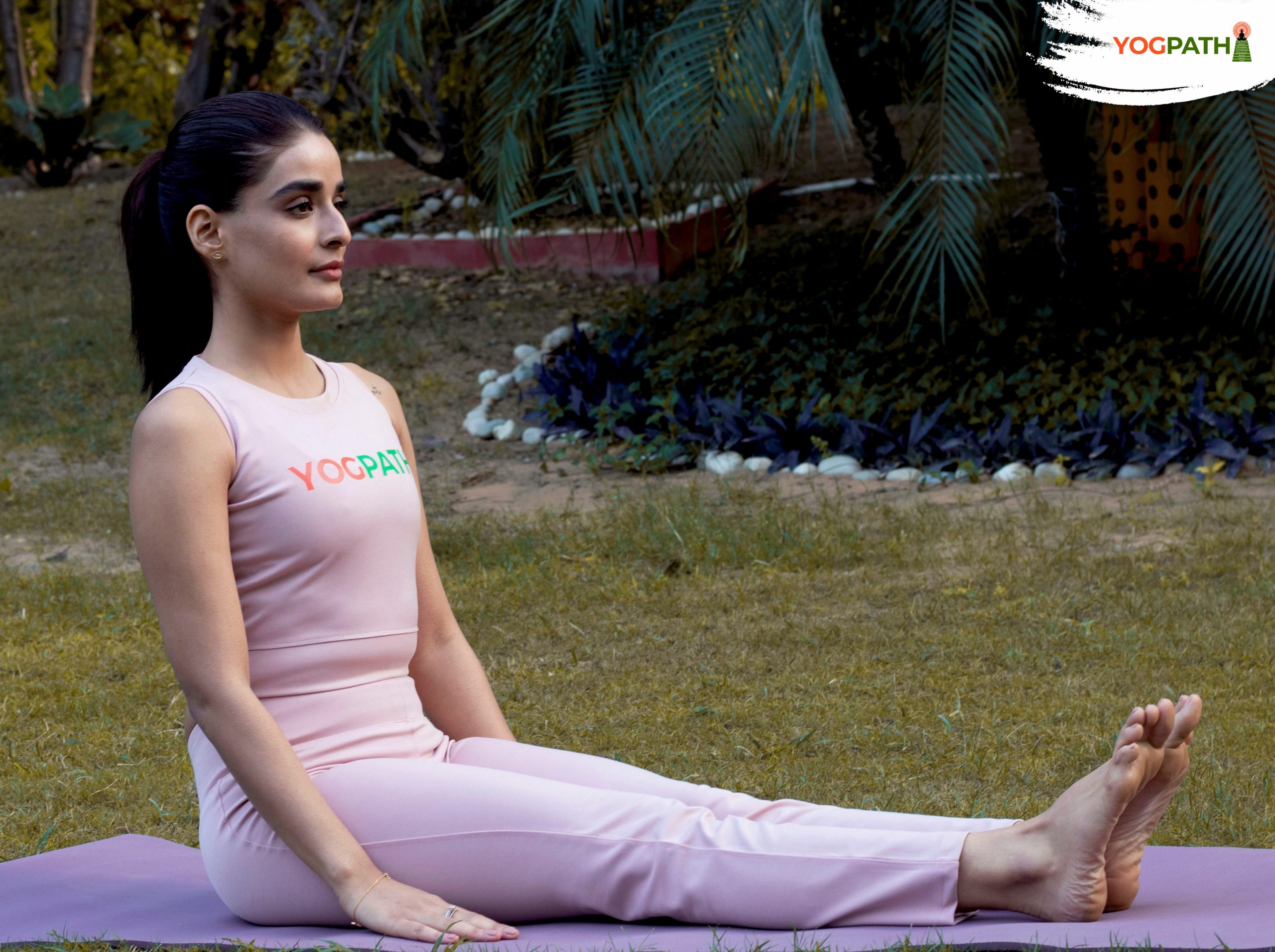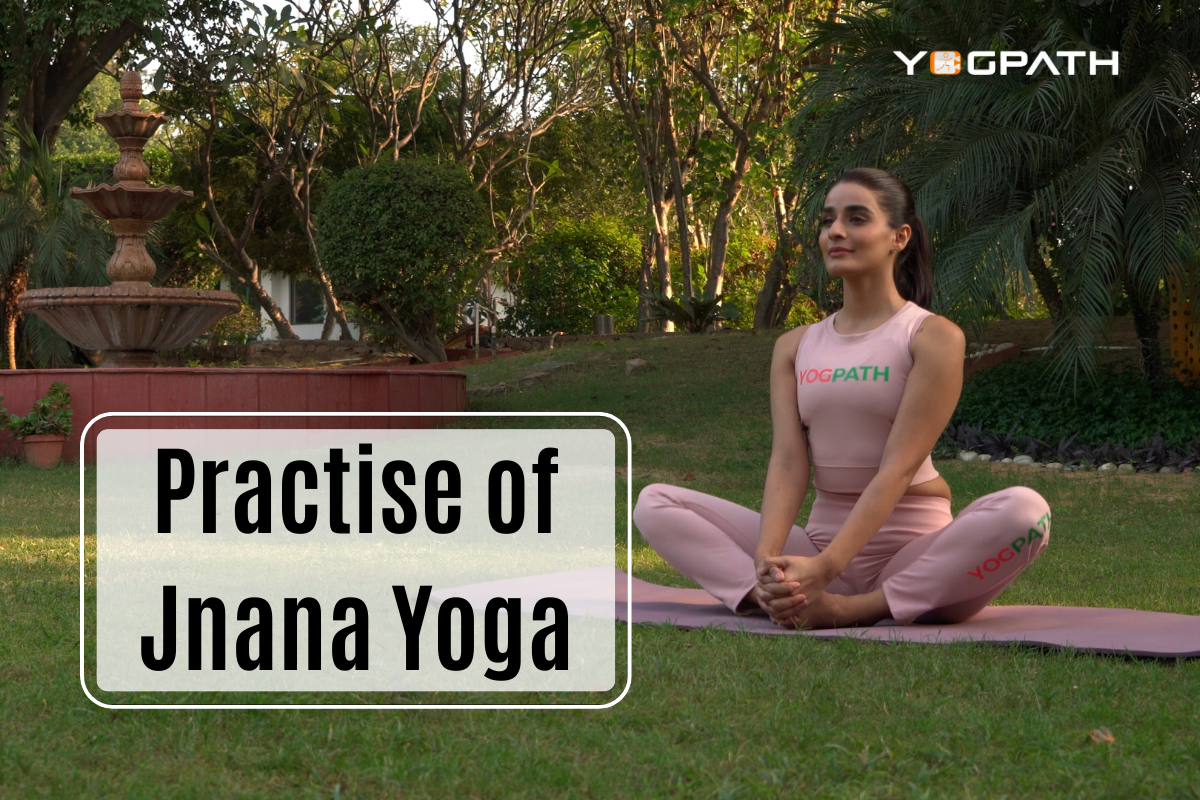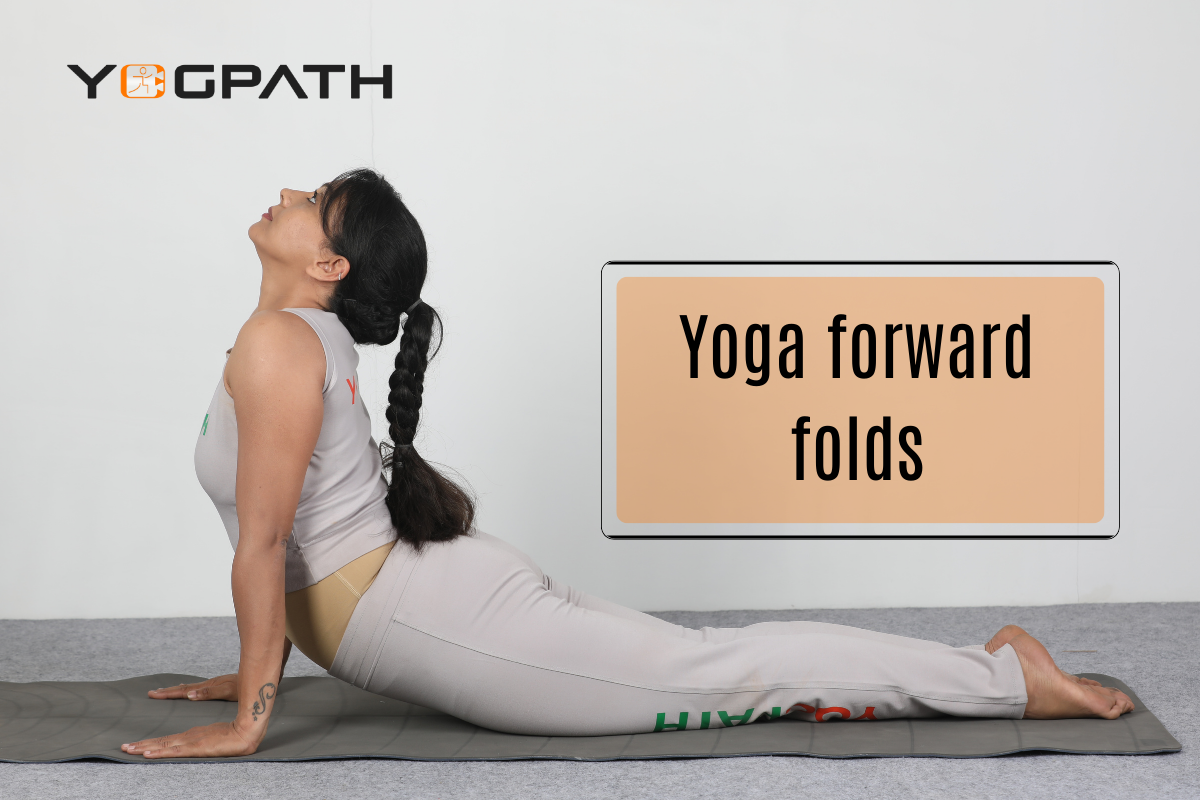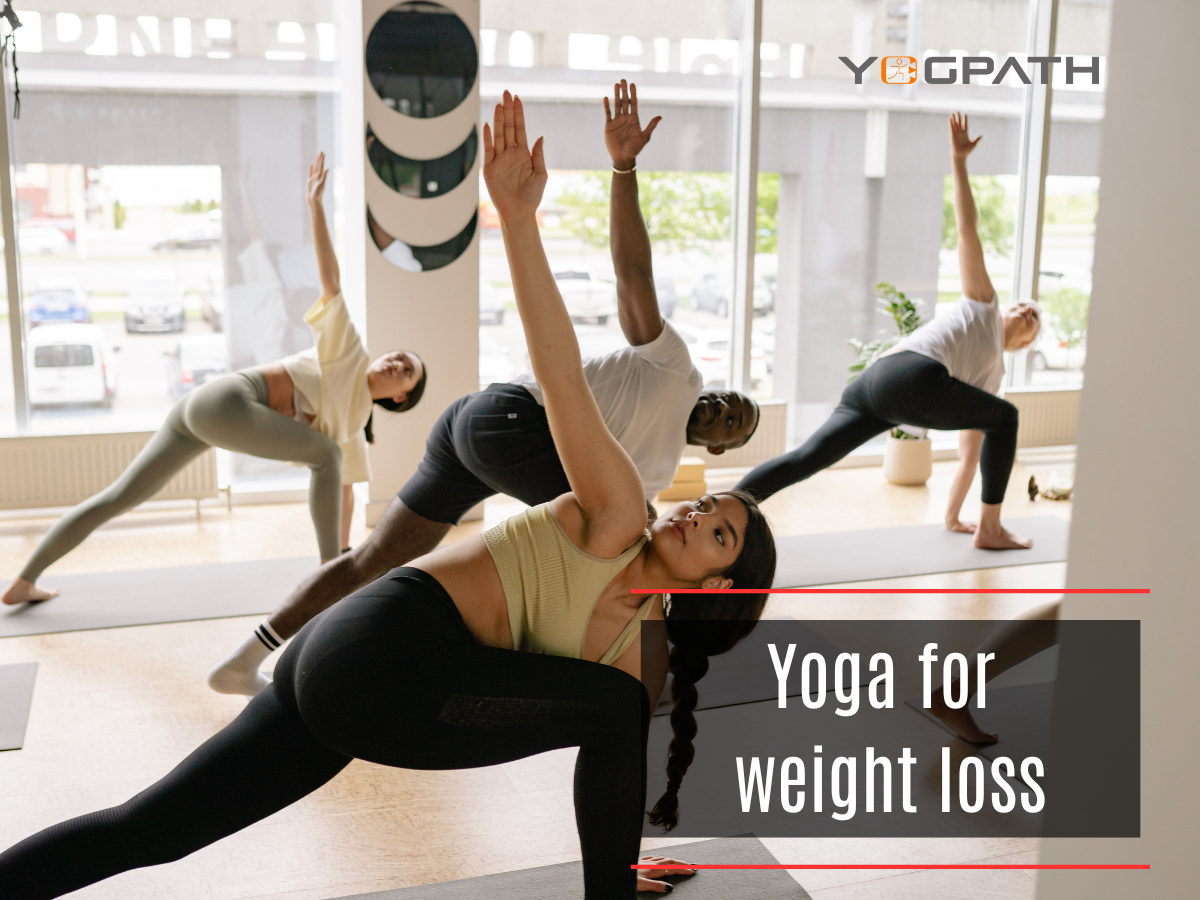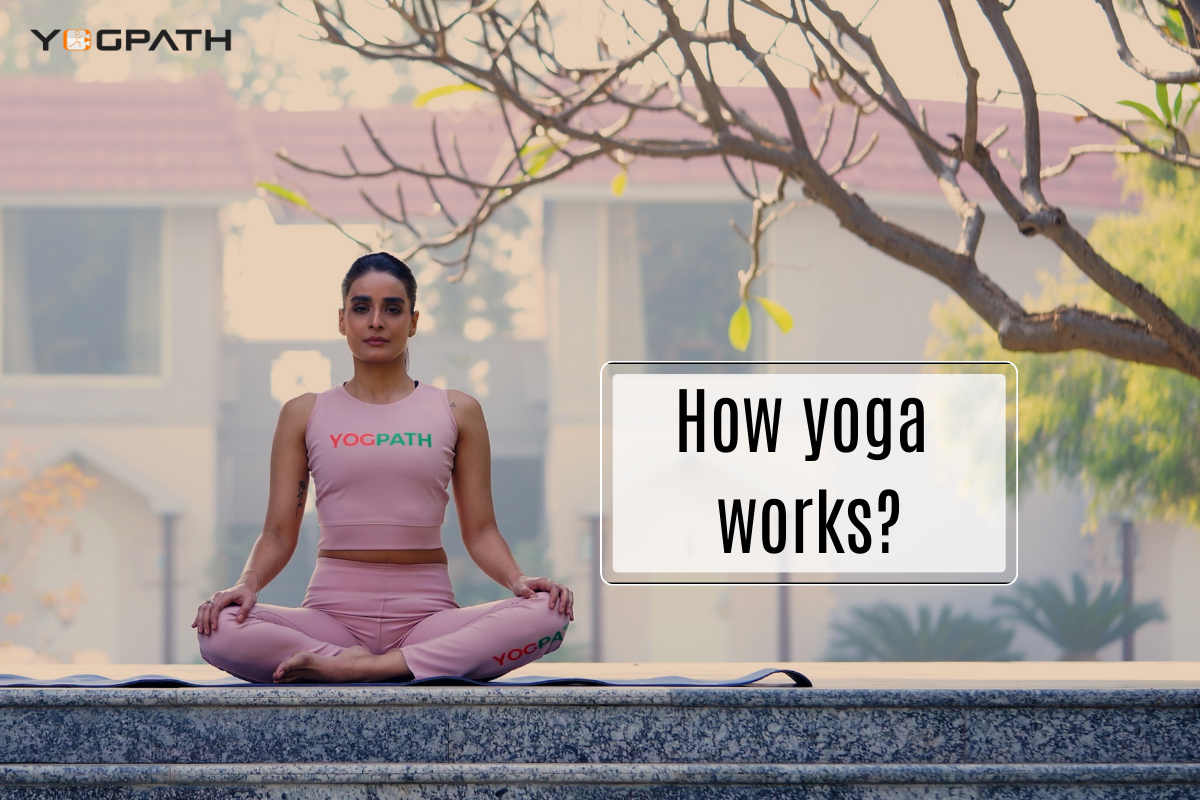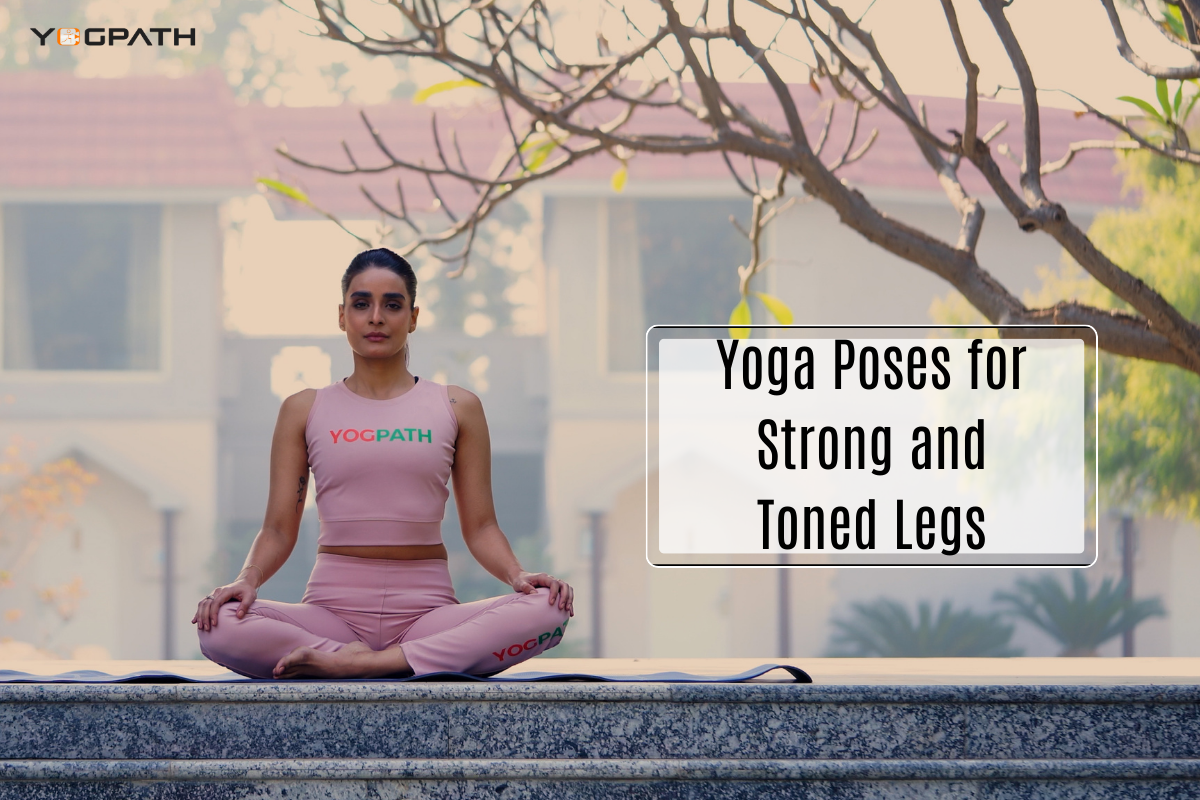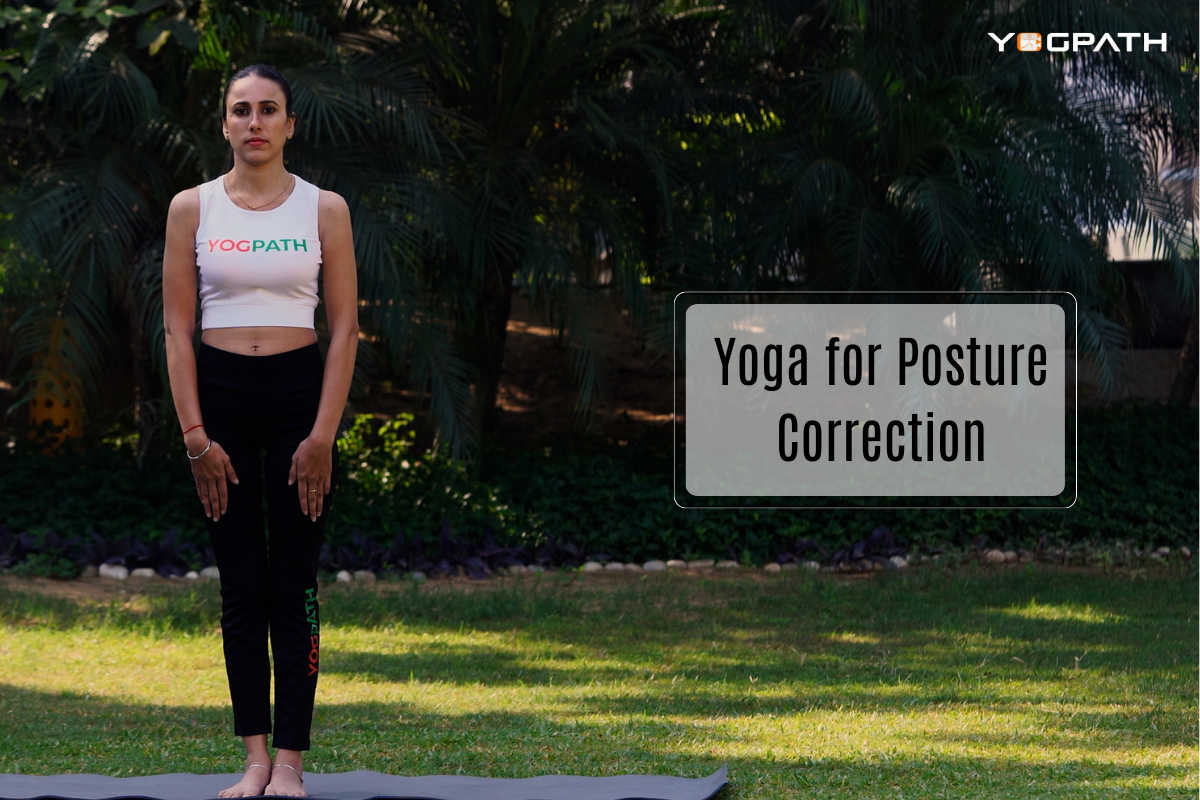
Raja Yoga
According to Raja Yoga, the greatest hindrance to realising the Self is the egoic concept of a “me” that is individual and separate from the rest of the Universe. We have lost sight of the fact that these so-called “obstacles,” which are really just normal functions of the human mind, are only the surface manifestations of a much more fundamental part of ourselves that includes the mind, experiences our existence, and loves everything. Knowing oneself requires this kind of direct experience.
You can overcome these challenges by quieting your mind and focusing on what’s left after your thoughts and patterns of consciousness fade away. Purusha (in Patanjali’s Sutras), Brahman (in Vedanta), and Shoonya (in some schools of Buddhism) are just a few of the names for this ineffable aspect of reality.
A mental blockade against slowing down
A technique recommended by Raja Yoga is meditation, which aims to quiet the mind to the point where, for long stretches of time, there is only a single, unbroken thought. It takes time and effort, but this leads to Samadhi, a state of complete immersion in reality (abhyasa).
But the mind is crafty and clever, and it rarely wants to settle down. It will resort to any means necessary to keep one’s mind occupied, to keep the “me” moving forward, and to divert one’s attention away from the wonder of the present moment and the reality of things as they really are.
Having attended a Vipassana retreat in my younger years is a common example I use. In the ten days of complete silence, my thoughts slowed down and I caught glimpses of a Truth that was more magnificent than I could have ever imagined. For a fleeting moment, I would be completely enraptured by the moment, but then my mind would jump in with 90s pop songs that kept playing in my head and took my focus away from the awe-inspiring moment.
When reading the Upanishads, one should start with the body.
The ancient rishis, or sages, were the first to recognise this property of the human mind. Bringing one’s thoughts under control is not a simple task, and they were aware that meditation alone is not always effective. Those whose minds are too wild to tame with meditation alone can benefit from a set of instructions found in The Yoga Upanishads. Starting with the most tangible (our physical bodies), this method trains us to become more fit, stable, and self-aware all the way up to our most intangible (our true selves) (our minds, intuition, and awareness). In order to achieve the ultimate goal of this type of practise, which is to calm the mind and rest in our true nature, what we do in most yoga classes today is only a small part of it.
Patanjali’s Yoga Sutras: The Eightfold Path
Although the specific times and dates of these events are unclear and hotly debated, it is generally accepted that the sage Patanjali gathered the information from the Yoga Upanishads and compiled his own, more simplified version of these practises in the Raja Yoga Sutras. Patanjali’s Sutras offer a plethora of advice for stopping the mind from patterning and relaxing.
Ashtanga, or the Eightfold Path, is a branch of this work. It lays out a method for achieving true meditation and Samadhi through a step-by-step process that begins with the most fundamental principles of life and progresses through the physical and energetic bodies, the emotional and intellectual aspects of the mind, and finally the development of the ability to bring the mind to a single-pointed focus.
“Raja Yoga” refers to the practise of mental discipline
There is a common conflation of Raja Yoga and Hatha Yoga. Although both can contribute to your health and happiness on a physical and spiritual level, Hatha Yoga is rooted in Tantra and places an emphasis on the three main pillars of a healthy and whole being: purity, balance, and health. Raja Yoga is the practise of learning about one’s own mind, becoming conscious of one’s ingrained patterns of thought and behaviour, and ultimately transcending one’s own identification with the body-mind-intellect complex by way of meditation in order to find peace in the boundless sea of consciousness that underlies it all.
Methods for Performing Raja Yoga
Raja Yoga’s Many Perks
The internal limbs of Pratyahara, Dharana, Dhyana, and Samadhi are practised after one has settled into a comfortable seated position and taken a few deep breaths. Pratyahara is the practise of redirecting one’s attention inward, away from the stimulation of the senses. The next stage, Dharana, involves focusing on one thing, typically the breath, whenever the mind begins to turn inward. This is where a lot of people give up on meditation because it’s too difficult to maintain concentration and let go of preoccupation with thoughts. If you want to progress to the next level of Dhyana, true meditation, you need to be able to focus your mind so intently that everything else fades away. When one’s attention is focused on Dhyana, one’s thoughts slow to a trickle. Samadhi, the final stage, is attained after diligent practise of Dhyana. This final stage, where one sees pure awareness reflected on the still surface of the mind, has been characterised by a wide range of evocative terms, including enlightenment, ecstasy, and bliss. Here, there is a merging of the subjects, objects, and perceivers.
Applying Raja Yoga
The practises of raja yoga may appear complicated and challenging at first, but with time and effort, they will become second nature. “Practice is absolutely necessary,” Swami Vivekananda argues. You can sit here and listen to me for hours every day, but if you don’t put what you’ve learned into practise, you won’t advance. The key is to put it into practise. Until we put ourselves in these situations, we will never fully comprehend them. We’ll have to get our hands dirty and experience them firsthand.
You’ll see this progression in action as you put these basics into practise. Just like laying bricks one by one to construct a house. When you add another layer, you strengthen the foundation. Only through perseverance, focus, and hard work is the full structure finally completed.


